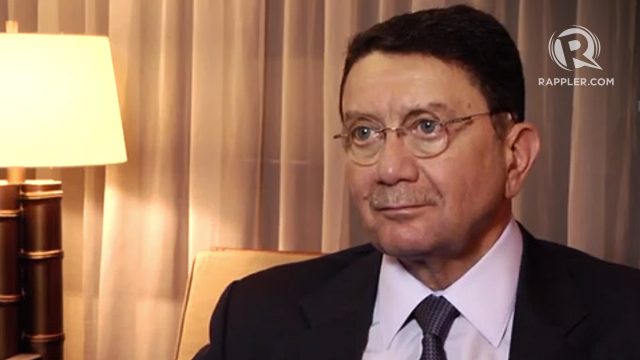SUMMARY
This is AI generated summarization, which may have errors. For context, always refer to the full article.

MANILA, Philippines – With the expected influx of tourists in Southeast Asia comes the question of how to keep the environment safe from the dangers people cause.
Asia is the next “it” destination and tourism industries in the region are already working to make quick adjustments – increased air connectivity, more establishments to host foreigners wanting to see the beauty of the region.
Mass tourism is inevitable but we must not fear it, says United Nations World Tourism Organization (UNWTO) Secretary General Taleb Rifai. We must, however, learn to manage both tourists and the tourism industry to shield the environment from their adverse effects.
“The tourism industry is both a victor and victim of climate change,” Rifai says. While the tourism industry is responsible for about 5% of the overall carbon footprint, it also suffers from the phenomenon’s effects. The UNWTO is working on spreading information about how tourism industries and the government can work hand in hand to avoid damaging the environment, while at the same time promoting sites to tourists who can contribute to economic growth.
Rifai is here in the country for a Climate Change conference and a visit to Tacloban and Bohol – places in the Philippines recently damaged by natural calamities. While Rifai says the first step to rehabilitating these areas has been done – restoring confidence to the people – there is still a lot of work to do. He comes to the country with a tourism recovery plan that will help the local government revive its heavily damaged tourist destinations and the local tourism industry itself.
Rappler caught up with Rifai during his visit to the Philippines. He talks about the tourism industry, climate change, and the environment. Watch Rappler’s one-on-one interview with Rifai:
– Rappler.com
Add a comment
How does this make you feel?
There are no comments yet. Add your comment to start the conversation.